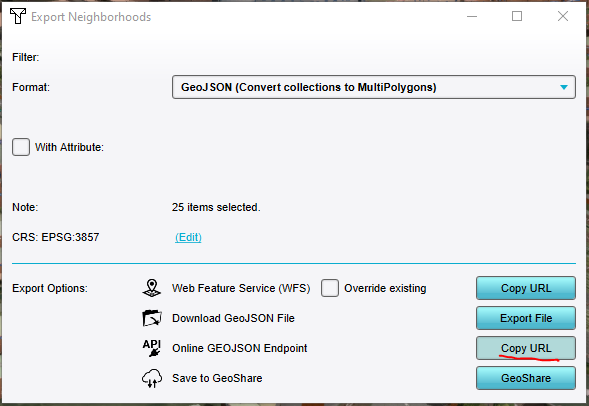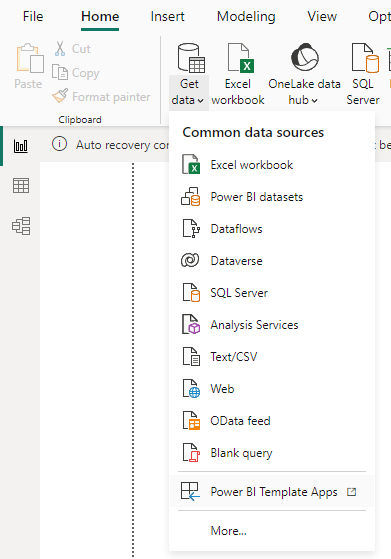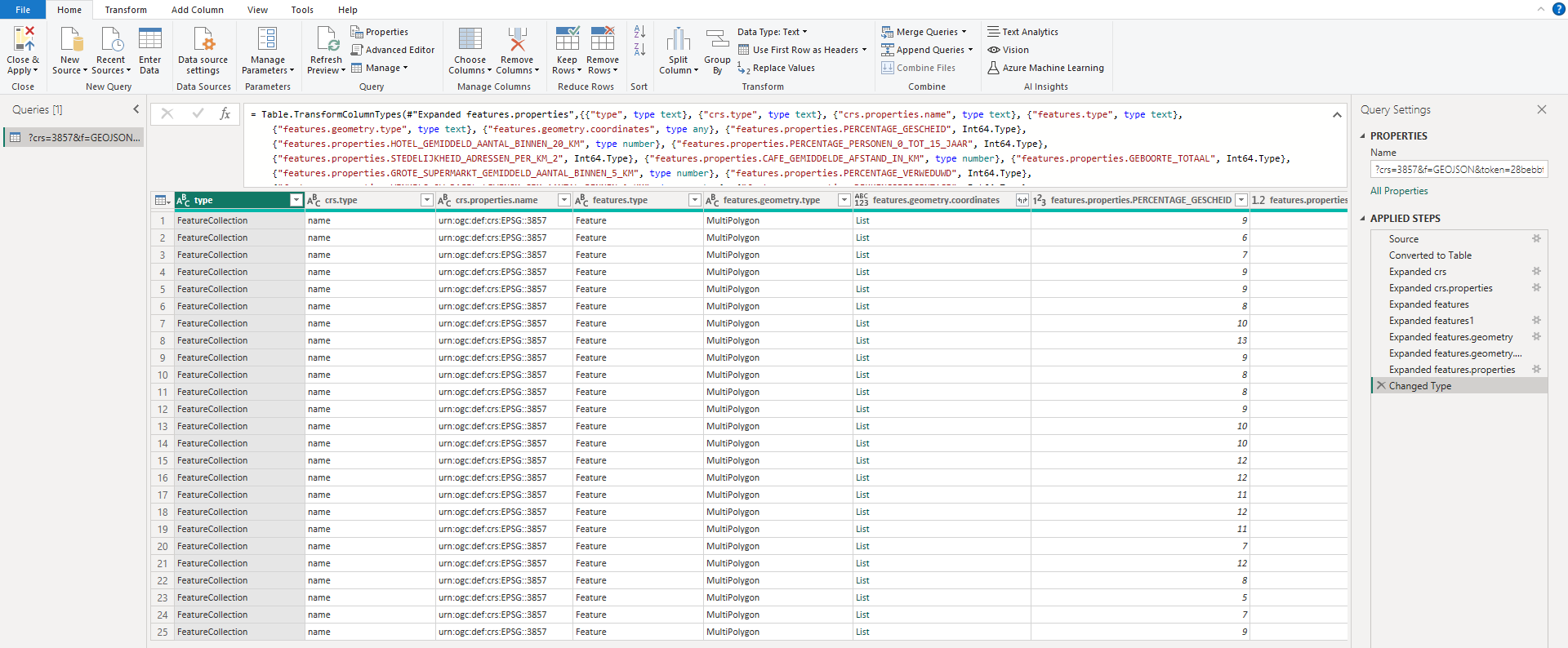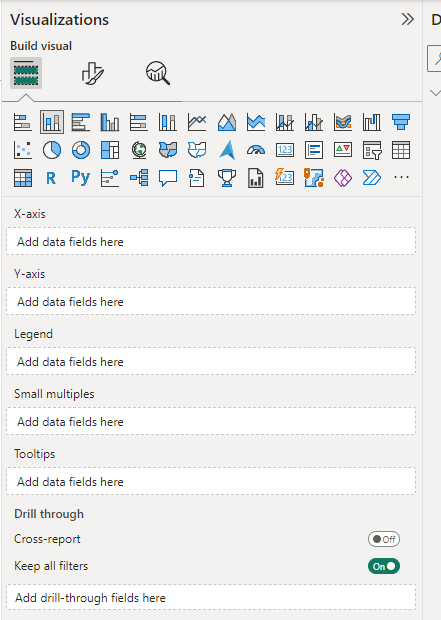How to access your project data in Power BI: Difference between revisions
Jump to navigation
Jump to search
No edit summary |
No edit summary |
||
| Line 14: | Line 14: | ||
| A new panel opens, and by default, a table is created of all the properties. | | A new panel opens, and by default, a table is created of all the properties. | ||
| Click on the Close and Apply button. | | Click on the Close and Apply button. | ||
| In the | | In the ''Visualization'' panel, select the second option named ''Stacked column chart''. | ||
| A preview should be added to your page section, indicating you need to drag or select a field. | | A preview should be added to your page section, indicating you need to drag or select a field. | ||
| In the | | In the ''Visualization'' panel, identify the '''X-Axis''' data field. | ||
| In the | | In the ''Data'' panel, unfold the connection and drag the name field from the list of properties to the '''X-Axis''' data field. | ||
| Next, select a value property | | Next, select a value property, such as ''AANTAL_INWONERS'' and drag this property to the '''Y-Axis''' data field. | ||
| The bar chart should now be created. | | The bar chart should now be created. | ||
}} | }} | ||
| Line 28: | Line 28: | ||
File:PowerBI_Close_And_Apply.png|Close and apply. | File:PowerBI_Close_And_Apply.png|Close and apply. | ||
File:PowerBI_Empty_Bar_Chart.png|Vertical bar chart selected from the Visuals. | File:PowerBI_Empty_Bar_Chart.png|Vertical bar chart selected from the Visuals. | ||
File:PowerBI_Bar_Chart.png| | File:PowerBI_Bar_Chart.png|Stacked column chart with neighborhood name and number of inhabitants. | ||
</gallery> | </gallery> | ||
{{article end | {{article end | ||
Revision as of 14:48, 15 November 2023
Data from projects can be accessed by Power BI using a web connection for the GeoJSON endpoint.
How to access your project data in Power BI.:
- Open any project, and preferable put it on Keep alive.
- Choose an item that you want connect to, such as Neighborhoods
- Hover over Neighborhoods, and in the popup select Export Geo data
- As the format, select GeoJSON (Convert collections to MultiPolygons)
- Click on the second Copy URL button, next to Online GeoJSON Endpoint.
- Open the Power BI Desktop application
- Create a new project or open an existing one.
- Under add Get Data, select Web
- Paste the link in the url field and select ok.
- A new panel opens, and by default, a table is created of all the properties.
- Click on the Close and Apply button.
- In the Visualization panel, select the second option named Stacked column chart.
- A preview should be added to your page section, indicating you need to drag or select a field.
- In the Visualization panel, identify the X-Axis data field.
- In the Data panel, unfold the connection and drag the name field from the list of properties to the X-Axis data field.
- Next, select a value property, such as AANTAL_INWONERS and drag this property to the Y-Axis data field.
- The bar chart should now be created.




